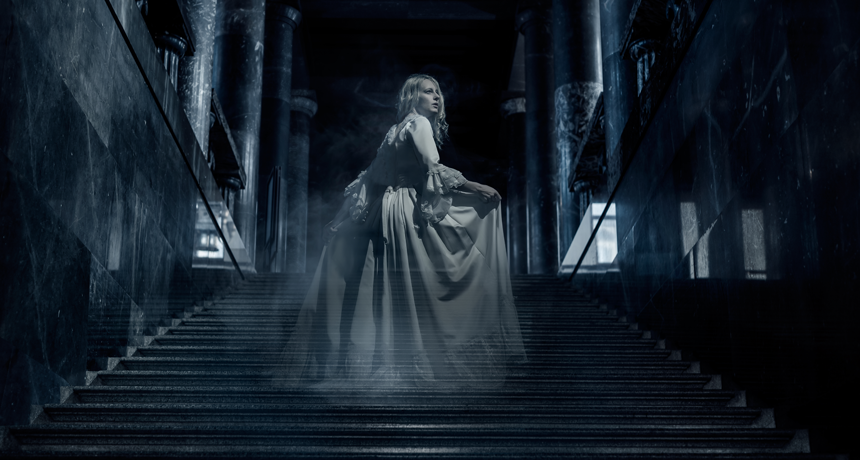Post by 👻puck on Apr 18, 2022 16:38:58 GMT
By Kathryn Hulick www.sciencenewsforstudents.org/
Ghost stories are lots of fun, especially on Halloween. But some people believe that ghosts are real.
On ghost-hunting TV shows, people use scientific equipment to attempt to record or measure spirit activity. And numerous creepy photos and videos make it seem like ghosts exist. However, none of these offer good evidence of ghosts. Some are hoaxes, created to fool people. The rest only prove that equipment sometimes can capture noise, images or other signals that people don't expect. Ghosts are the least likely of many possible explanations.
Not only are ghosts supposed to be able to do things that science says are impossible, such as turn invisible or pass through walls, but also scientists using reliable research methods have found zero evidence that ghosts exist. What scientists have discovered, though, are lots of reasons why people might feel they have had ghostly encounters, since their data show that you can't always trust your eyes, ears or brain.
We're used to our senses giving us accurate information about the world. So when experiencing a hallucination, our first instinct is usually to believe it. If you see or feel the presence of a loved one who died — and trust your perceptions — then it's easier to believe it than the idea that your brain is lying to you.
The brain has a tough job. Information from the world bombards you as a mixed-up jumble of signals. The eyes take in color. The ears take in sounds. The skin senses pressure. The brain works to make sense of this mess. This is called bottom-up processing. And the brain is very good at it. It's so good that it sometimes finds meaning in meaningless things. This is known as pareidolia. You experience it whenever you stare at clouds and see rabbits, ships or faces. Or gaze at the moon and see a face.
Your brain may also add faces to images of random noise. Research has shown that patients who experience visual hallucinations are more likely than normal to experience pareidolia — see faces in random shapes, for instance.

Ghost stories are lots of fun, especially on Halloween. But some people believe that ghosts are real.
On ghost-hunting TV shows, people use scientific equipment to attempt to record or measure spirit activity. And numerous creepy photos and videos make it seem like ghosts exist. However, none of these offer good evidence of ghosts. Some are hoaxes, created to fool people. The rest only prove that equipment sometimes can capture noise, images or other signals that people don't expect. Ghosts are the least likely of many possible explanations.
Not only are ghosts supposed to be able to do things that science says are impossible, such as turn invisible or pass through walls, but also scientists using reliable research methods have found zero evidence that ghosts exist. What scientists have discovered, though, are lots of reasons why people might feel they have had ghostly encounters, since their data show that you can't always trust your eyes, ears or brain.
We're used to our senses giving us accurate information about the world. So when experiencing a hallucination, our first instinct is usually to believe it. If you see or feel the presence of a loved one who died — and trust your perceptions — then it's easier to believe it than the idea that your brain is lying to you.
The brain has a tough job. Information from the world bombards you as a mixed-up jumble of signals. The eyes take in color. The ears take in sounds. The skin senses pressure. The brain works to make sense of this mess. This is called bottom-up processing. And the brain is very good at it. It's so good that it sometimes finds meaning in meaningless things. This is known as pareidolia. You experience it whenever you stare at clouds and see rabbits, ships or faces. Or gaze at the moon and see a face.
Your brain may also add faces to images of random noise. Research has shown that patients who experience visual hallucinations are more likely than normal to experience pareidolia — see faces in random shapes, for instance.




